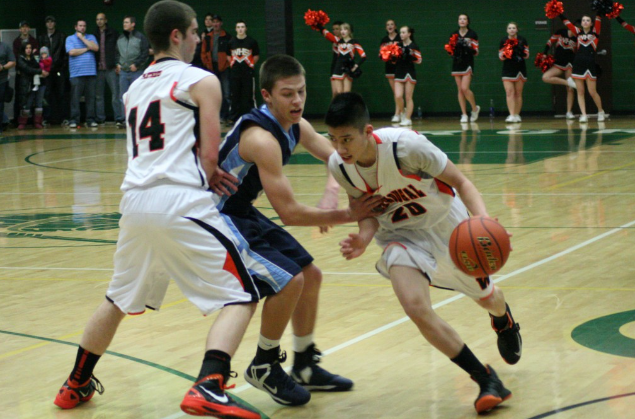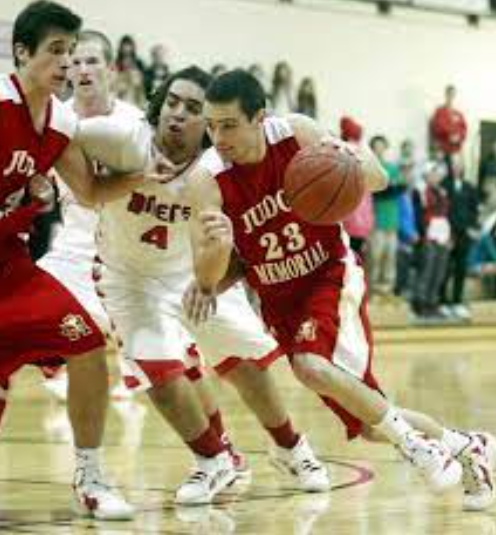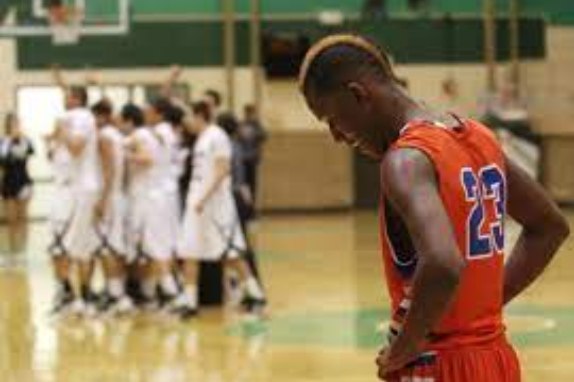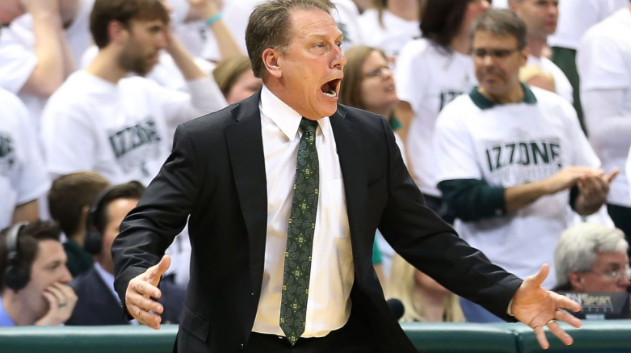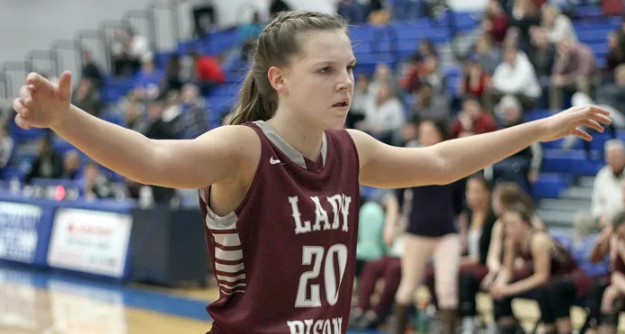

“Did You Know?” – NCOA Basketball Rules Gazette – 2023/24 Edition 2
Greetings, fellow basketball officials!
Welcome to the second edition of the NCOA’s "Did You Know?" newsletter, tailored exclusively for our
dedicated group of high school basketball officials. We’re back with more intriguing rule scenarios to
enrich your officiating expertise. We have just a single scenario for you in this edition of the gazette. Let's
dive in:
Rule Scenario:
Team A is inbounding the ball from their frontcourt end line. A1, the inbounder, releases the ball towards
A2, who is standing in the frontcourt. A2 deflects the ball, which then bounces on the floor in the
frontcourt before rolling into the backcourt. A3 retrieves the ball in the backcourt.
Response
Setting the Stage:
There are two main principles that are critical to understand when officiating potential
backcourt violation scenarios: ball status and team control. Ball status defines the location of the ball,
whether it be in the front court or the back court. In order for a backcourt violation to occur, the status
of the ball must change from frontcourt to backcourt. Additionally, for a backcourt violation to occur,
there must first be team control in the frontcourt.
How to Properly Adjudicate this Scenario:
No violation has occurred and play shall resume as normal.
There is team control as soon as the ball is at a team’s disposal for a throw-in. However, the ball has
neither frontcourt nor backcourt status during a throw-in. As soon as the ball touches the floor in the
frontcourt or touches a player in the frontcourt, it has frontcourt status. However, team control is not
established after an inbound pass until a player controls the ball inbounds.
See Rule 9, Section 9, Art. 1; Rule 4, Section 4; Rule 4, Sec*on 12; Case Play 4.12.2 SITUATION B (b)
Pro Tip:
Know the rules. Know the rules not because you have played basketball your whole life or
because you watch a lot of games. Know the rules because you read the Rules Book.
Stay tuned for more captivating rules scenarios and officiating tips in our upcoming newsltters! If you
have a specific scenario or rules question you'd like us to cover in a future edition of the newsletter,
please email Bill and Blake.
Thank you for your commitment to the game and to upholding its integrity by continually honing your
officiating skills.
See you on the hardwood.


